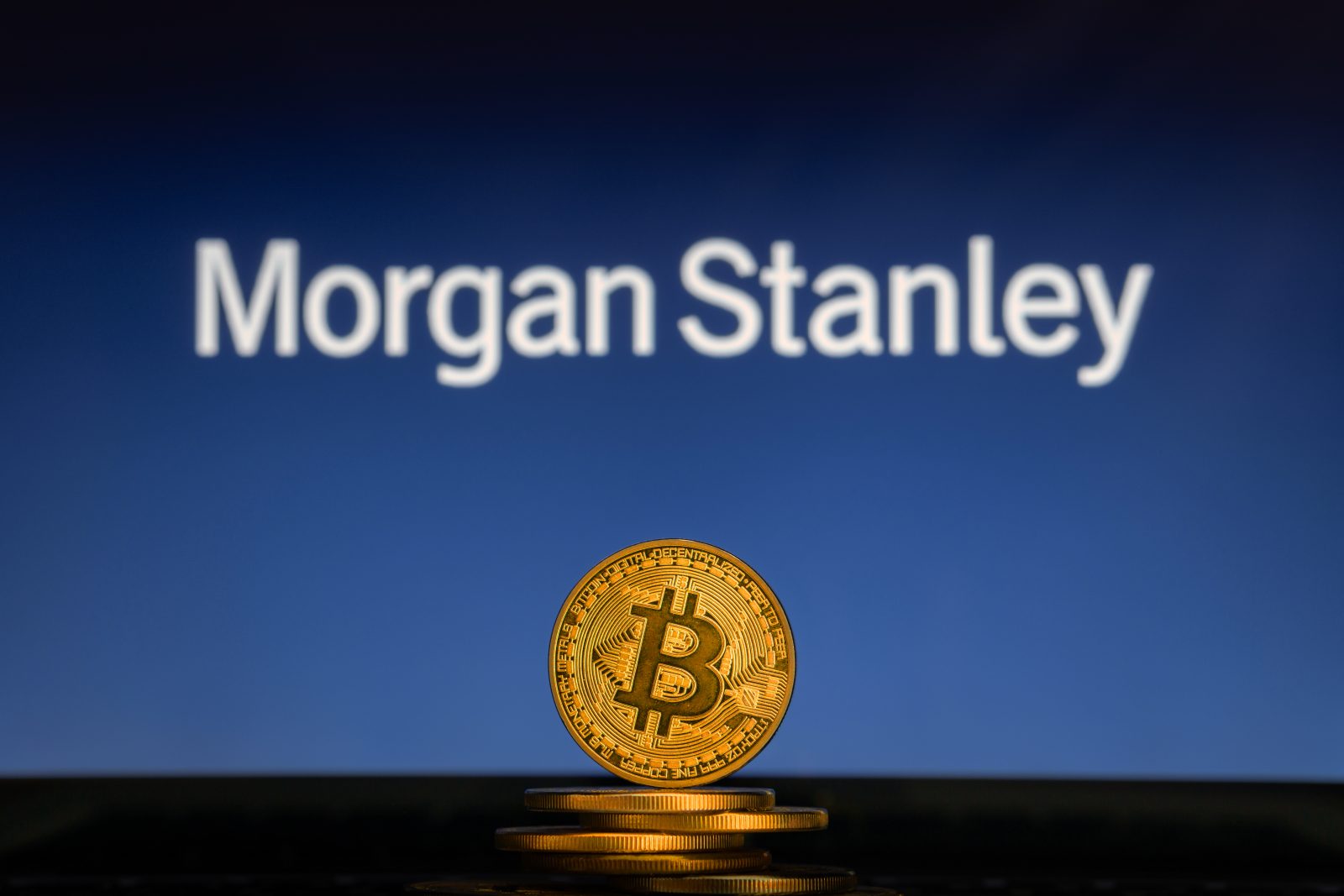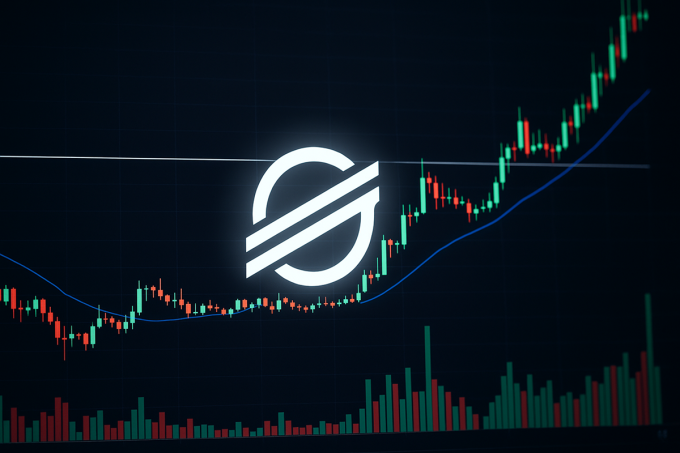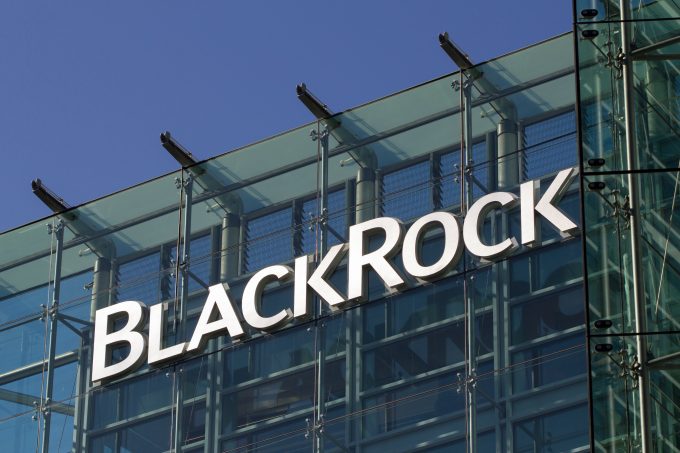Morgan Stanley is preparing to enable Bitcoin trading for E*Trade clients in the first half of 2026, marking one of the most significant steps yet by a Wall Street institution into direct retail crypto access. The development comes as digital assets regain momentum after a volatile 2024–2025 cycle, underscoring how major financial firms are positioning themselves for the next wave of adoption.
Wall Street Steps Closer to Bitcoin
The planned rollout will allow E*Trade customers—estimated at over 7 million brokerage accounts—to trade Bitcoin alongside traditional equities and ETFs. For Morgan Stanley, which already offers limited crypto exposure through private wealth products and Bitcoin futures, the move represents a calculated expansion into the retail segment.
The timing is notable: Bitcoin is currently trading near $64,200, up roughly 18% year-to-date, while Ethereum sits around $2,350 after a slower 9% rise in 2025. By embedding Bitcoin access within a familiar trading platform, Morgan Stanley reduces friction for retail investors who might otherwise turn to crypto-native exchanges like Coinbase or Kraken.
Regulation and Market Readiness
Regulatory clarity remains a decisive factor. The U.S. Securities and Exchange Commission (SEC) has signaled stricter oversight of exchanges but has simultaneously approved multiple spot Bitcoin ETFs, which now collectively manage over $75 billion in assets. This dual approach—tightening compliance while legitimizing institutional products—suggests an environment where traditional brokerages can cautiously expand.
Morgan Stanley’s decision to proceed with a 2026 timeline indicates confidence that regulatory alignment will solidify further. Analysts note that by waiting 18 months, the bank positions itself to enter a market that is both more mature and less prone to abrupt legal reversals.
Investor Psychology and Strategic Positioning
The move also speaks to shifting investor psychology. Retail traders, who fueled the 2021 Bitcoin rally, have become more cautious amid prolonged bear markets and heightened volatility. Yet surveys show retail appetite is re-emerging: a recent Fidelity report found 38% of U.S. retail investors plan to increase crypto exposure in 2026, up from 26% in 2024.
For Morgan Stanley, integrating Bitcoin access into E*Trade could serve a dual purpose: capturing trading fees while strengthening client retention at a time when brokerage competition is intensifying. The bank’s strategy appears designed to meet retail demand without exposing itself to the risks of running a standalone crypto exchange.
Implications for the Broader Market
The psychological impact of a household financial name offering direct Bitcoin trading should not be underestimated. Just as the approval of spot Bitcoin ETFs in 2024 fueled institutional inflows, Morgan Stanley’s entry could normalize retail participation, particularly for demographics hesitant to engage with standalone crypto platforms.
If successful, the move could pressure other U.S. brokerages—Charles Schwab, Fidelity, and Robinhood among them—to either deepen or formalize their own crypto offerings. A competitive cascade would not only broaden access but also tighten the integration between digital assets and traditional financial infrastructure.
Looking Ahead
While significant, Morgan Stanley’s plan also carries risks. A renewed regulatory crackdown, cybersecurity concerns, or another severe drawdown in crypto markets could dampen retail enthusiasm. Yet if Bitcoin sustains momentum into 2026 and regulatory guardrails continue to strengthen, the integration of crypto into mainstream brokerages could mark a new era in U.S. retail investing—one where Bitcoin sits not on the periphery, but at the center of everyday portfolio decisions.













Leave a comment